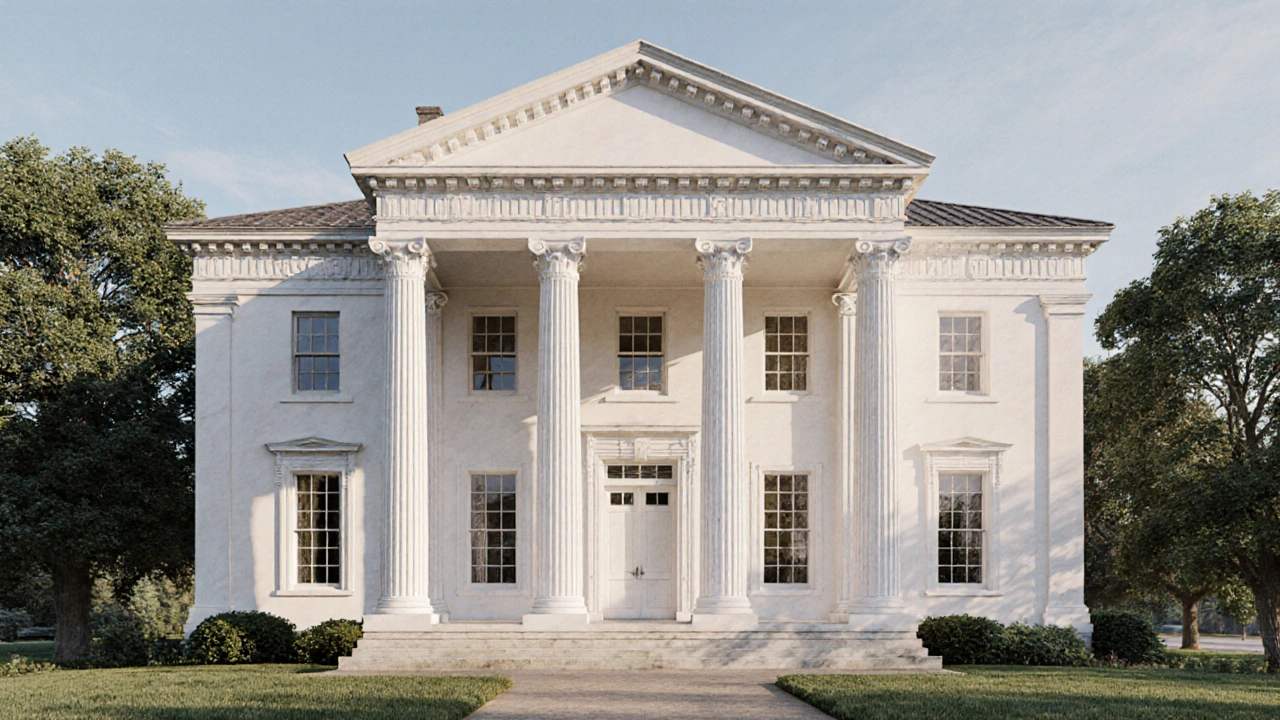Historic Building Design
When exploring historic building design, the study of how past societies shaped their built environment. Also known as heritage architecture, it blends art, engineering, and cultural values to create lasting landmarks. Gothic architecture, characterized by pointed arches, rib vaults, and soaring spires exemplifies the structural daring of the medieval era. Renaissance architecture, focused on symmetry, proportion, and classical orders marks a return to ancient principles and fuels modern design logic. Gothic Revival, a 19th‑century reinterpretation of medieval forms shows how historic vocabularies can be refreshed for new contexts. Finally, Byzantine architecture, famous for domes, mosaics, and a blend of Roman engineering with Eastern ornamentation adds a spiritual dimension to the story. Together, these styles illustrate that historic building design encompasses both structural innovation and artistic expression.
Key Styles and Their Impact
Understanding historic building design means recognizing how each style solves specific challenges. Gothic architecture required new engineering like flying buttresses to support taller walls, which in turn opened space for massive stained‑glass narratives. This structural breakthrough influences today’s skyscraper frames, proving the lasting relevance of medieval problem‑solving. Renaissance architecture introduced a mathematical approach—using the golden ratio and harmonic proportions—to achieve visual balance, a principle still taught in architecture schools. Gothic Revival demonstrates how designers can borrow historic motifs—pointed arches, decorative tracery—to convey nostalgia or institutional gravitas, a tactic still popular in university campuses and civic buildings. Meanwhile, Byzantine architecture merged engineering with symbolism, using massive domes to create awe‑inspiring interiors that guide worshippers’ focus upward, a technique echoed in modern worship spaces and cultural centers. Each style also brings its own material palette—stone, brick, mosaic, timber—which informs restoration practices and sustainable reuse today. By linking these attributes, we see that historic building design requires a blend of artistic vision, engineering knowledge, and cultural insight.
Below you’ll find a curated collection of articles that dive deeper into these movements. From the soaring vaults of medieval cathedrals to the measured elegance of Renaissance palazzos, the pieces explore origins, signature features, and how these timeless ideas keep shaping contemporary projects. Whether you’re a student, a preservation professional, or just curious about why certain buildings feel “historic,” the posts give practical takeaways and fresh perspectives. Let’s jump in and see how each era’s design language continues to speak to today’s architects and enthusiasts alike.

Greek Revival Architecture: Key Features and History Explained
Explore Greek Revival architecture's origins, key features, regional twists, iconic examples, and preservation tips in this in‑depth guide.
Read more